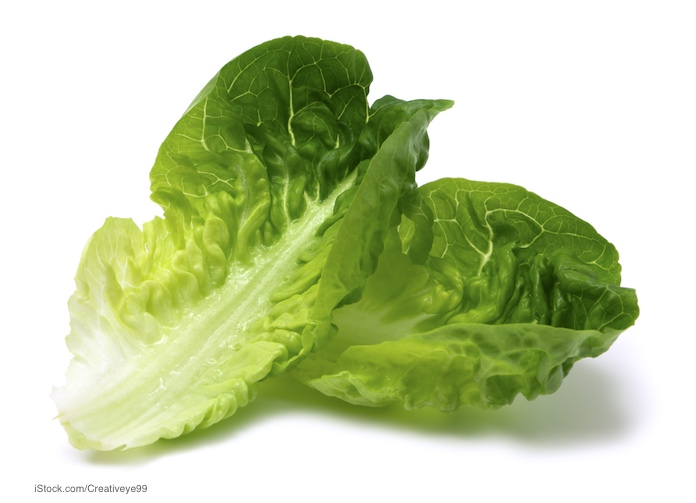A new research study from Purdue University that was published in the Journal of Food Protection has found that Listeria monocytogenes bacteria can hide inside the leaves of romaine lettuce. That suggests that traditional post-harvest sanitation practices “may not be sufficient to kill the potentially lethal pathogen.”

The Listeria monocytogenes outbreak linked to recalled Dole salads last year was the sixth largest multistate food poisoning outbreak of 2016. That was the first Listeria outbreak linked to leafy greens, although that type of produce is the most common culprit in food poisoning outbreak according to a National Institutes of Health study. Other Listeria monocytogenes food poisoning outbreaks have been linked to celery, cantaloupe, raw sprouts, and apples.
In that outbreak, 19 people in 9 states were sickened with listeriosis. Fourteen people were sickened in Canada. The Ohio Department of Agriculture tested a Dole brand Field Greens packaged salad purchased from a supermarket and isolated Listeria monocytogenes bacteria that was closely related, genetically, to isolates taken from ill persons.
In the study, Dr. Amanda Deering, clinical assistant professor in the Department of Food Science, showed that the bacteria can live within lettuce in every state of the plant growth process. The pathogenic bacteria can get into the plant through cracked seed coats, small tears in the root during germination, and damaged plant tissue. In fact, exposing the lettuce to bacteria can cause infection of the plant tissue in 30 minutes.
Deering said, “knowing this can happen, we need to keep it on our radar as we continue to follow good agricultural practices.” She added, “for immune-compromised consumers, it’s important to remember, that canned or cooked produce is better.”
After that Dole recall and outbreak, Deering, along with Dr. Haley Oliver, associate professor of food science, and Archana Shenoy, a graduate research assistant, investigated the persistence and internalization of Listeria in romaine lettuce. That product is the fastest growing crop in the U.S. in terms of production, export, and consumption.
Their research showed that Listeria bacteria can persist up to 60 days in romaine lettuce. And the bacteria was present throughout the plant tissue.
Listeria monocytogenes causes 1,600 cases of food poisoning in the United States every year. Ninety-nine percent of those cases are contracted through food. Produce had been considered a “low risk” food in association with this pathogenic bacteria, but the deadly 2011 listeriosis outbreak linked to Jensen Farms cantaloupe ended that stereotype. That outbreak was the second-most deadly bacterial foodborne outbreak in U.S. history.
Contamination of produce can take place in the field, from soil, irrigation water, runoff from farms, and improperly composted manure, and roaming wild animals. A recent study showed that up to 17.5% of produce fields are contamianted with Listeria monocytogenes bacteria.
Since the bacteria can get inside of the plant, they are not exposed to any sanitizer used during processing and packaging. And the study showed that a brief contamination period of 30 minutes can contaminate the plant and that contamination can persist for 60 days. The study is “limited to defined laboratory conditions that may not directly represent field conditions,” according to the paper, but “it demonstrates proof of concept.”




